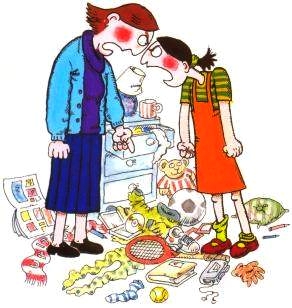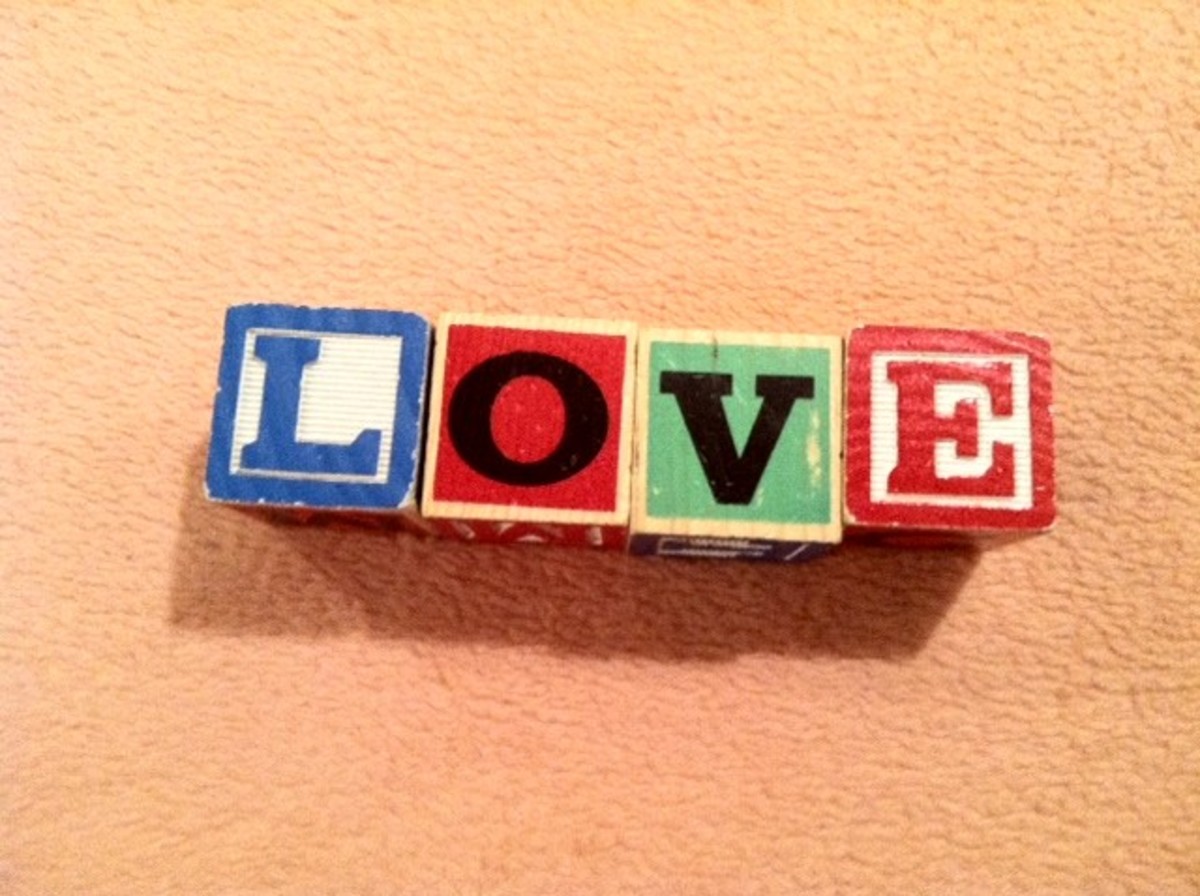How to say "No" to our children - and why we should


What "No" really means
Saying "no" to a child is one of the most common and often most uncomfortable daily discipline drama encountered by parents, teachers, pretty much anyone working with kids. And there are times for many of us when we feel that that's pretty much all we say "no, don't touch that, don't climb on that, don't hit your sister, don't eat the paint."
As deceptively simple as this little word is, it hold much power. It's not a coincidence that the terrible two's coincides with the little one learning the power of no. So, starting from there, when a child first learns and understands the word "no", it's a major developmental milestone. It coincides with the beginnings of interpersonal understanding as well as the first budding development of the child's unique personality, their understanding of themselves and many attitudes about power are all formed right here, with the word "no", which is really quite impressive for such a small word.
Now, how does that happen? At around 18 months to 2 years, babies begin to develop a sense of themselves as separate from others. This is quite fascinating to small children because they also gain walking, running, climbing skills which open up an entirely new world. Previously, they were completely dependent on the parents - feed me, change me, burp me - and really the world revolved around them and their needs. Now comes the stage of "me do myself!" - and with each independent act, the child establishes a sense of themselves as individuals. Not only that, but there is this new word "no" - and if you throw it around, you can have a significant impact on the big people around you (pretty heady stuff for a young child).
For example - a mother tries to put shoes on her young child so they can go outside. First, it's - "no, i do myself" - and the child gains some control of the adult world, then the inevitable struggle with those darn fine motor skills - and the shoes end up on the wrong feet - now to change them often involves an enormous struggle - partly because it makes the big people move around, but for a young child - it's a major achievement - and (much like many adults) would rather walk a mile in the wrong shoes, than admit their error). None of this is within the child's awareness, it's just part of the developmental dance.
So, very early on, "no" becomes a very loaded word for all of us, so it's important to figure out it's function for you. For some people it's an automatic go-to because they are afraid of the potential consequences, for some, it buys time until you can think through the request, often it's a visceral reaction to previous behavior. The clearer you are in your own mind about why you want to say no, the less difficult it will be to stick to it and not get drawn into bargaining. That's why natural consequences are really the most effective - kids are very literal, they need to directly link the punishment to the crimes. That's mostly how it is in real life - and that's really what we're trying to teach them - how to be good adults in real life.

Setting limits with kids
So, is "no" ever good?
Yes, "no" is often essential - just because it's not fun, doesn't mean it's not part of the developmental process. Kids have to know that when we say "no" we have a good reason for saying it. They need to trust that we don't just say "no" when we feel like it and that we have an underlying reason - and that our behavior mirrors what we expect from them (with the exception of a few adult behaviors). This is important because we want those few times when we do say "no" to mean something "No, don't touch the stove, it's hot."
Does that mean I should never say no to my kid, except in a safety situation? Um....., in a word, no. As loaded as this word is and as judiciously as it should be used, it is after all a very powerful tool in directing and molding behavior - and should be used as such. It's perfectly acceptable to say "No, I don't want you to eat the paint, because it will make you sick, would you like a banana or a pear instead?" This way you've been clear - No, alerts the child that something is not right - then you give an alternative behavior with limited options.
So, "no" functions in a similar, but expanded way for adults. It differentiates you from the child and indicates that something about the behavior is not right - and puts you in the parent role, you are the one in control of the situation. There should be a reason for being in that role - if the child's behavior is not harmful to themselves or others, allow them to make mistakes. Our mistakes are really where most learning takes place, so they're not bad things, they're teaching tools. As I've mentioned in previous hubs, I believe that discipline is a teaching process and that you win more honey with bees. That said, you also have to be that firm, solid figure that your children know is in charge. Children really do think that parents control the world when they are younger and they need to see someone who can make good, firm decisions and stick with them so they know that you'll handle tough things that come up.

Feeling ok with "No"
One of the reasons that "no" becomes overused and under heard is because people often feel uncomfortable saying "no" and setting limits with others. Many parents feel the need to have their kids like them, and we all want that, but it's important not to be manipulated by this into being your child's friend. It may make life easier in the short run, but it's important to stay in the parent role if you want your children to listen to you.
When you relate to a child on the same level as them, you achieve the status of "friend" - but what happens when you need to be in the parent role again? It's also important to be aware that this doesn't mean you can never get down to your kids level or be friendly towards them, it's just important that they know that you're in charge. -And judicious use of the word "no" is part of this.
Think of the co-worker who is constantly complaining about this, that or the other - after a while we tune out or dismiss their complaints. The same thing happens with kids. When a parent sits in a chair and yells "No!"....."Stop"....."Don't"......."Don't make me come over there", the child knows that there is unlikely to be any real action that follows and so they continue doing what they were doing, while the parent becomes more & more frustrated & when they finally get up and walk over to the child, they're often so angry that they dispense consequences like "no TV until you're 21!" - and again, the child realizes that this is unlikely to be followed through on and so they continue or repeat the behavior.
Young children often need physical intervention (not spanking!) for negative behavior. The first time the child exhibits an undesirable behavior - physically go up to them, get their attention and explain in a calm voice why you don't want them to do that and (this is important) what you would like them to do instead.
It's also important to have consequences worked out beforehand as this reduces over punishing and the endless nagging and negotiation. Have the rules in a place where everyone can see them and if the behavior occurs again, approach the child again, get their attention and remind them that the rule is, if they continue the behavior the consequence will be x. Then walk away. It's important that this is the child's choice, if they choose to continue - immediately administer the consequence. This way you are teaching the child that behaviors can have negative consequences and that they are in control of their behavior. This way, they don't avoid the behavior because mom or dad will yell, they avoid it because they want to avoid a consequence, just like in the real world - and those are the skills we are trying to teach children
Reacting to "no"
Now the other side of this is - how do you react when your kids say "no" to you. For some parents this is simply intolerable and infuriating, but it's important to recognize that this is a developmental step towards separation - and that it's healthy for children to learn the power of "no" for themselves. A two year old (much like a teen) who is developmentally separating from the parent will throw "no" around with abandon, delighting in both defining themselves and rejecting the other. Our function as parents is to be able to tolerate this and help the child to separate appropriately. It's important to keep in mind that "no" does not imply a rejection of you or your ideas and values, it's linked to a much larger, biological process, which can sometimes take the sting out of "no, you not my friend no more." When a parent is able to tolerate this from the child, the child sees that it's okay to differentiate from the parent and this encourages the birth of a child's uniqueness. A parent who takes these types of comments too personally and is hurt and angry coveys the message to the child that separating is a bad thing. Consequently they try to submerge these feelings (because all children really want their parents to be pleased with them). This can lead to difficulties later in life including inability to make decisions, inability to say no to others, overcompensating by saying no to everything, poor self esteem and generalized anxieties. Now, none of us ever respond appropriately all the time - and one time is not going to create lasting damage in a child who is loved and cared for - but overtime this does damage basic personality structures.
Was this hub useful?
So, "no" is really a very powerful and complex little word that carries with it the power to alter the behavior of others, define ourselves, distance from others and negotiate an important developmental task. Given this, it may behoove us all to pay more attention to when and how we use the word and to our reactions when we hear it. Small word, big job.






